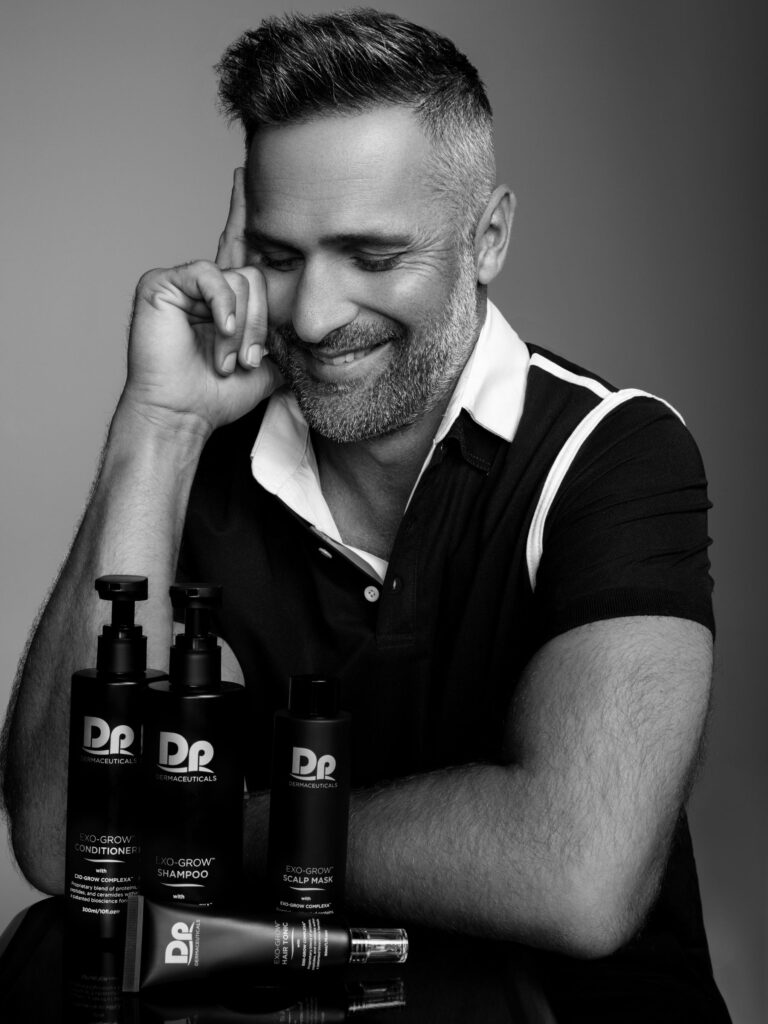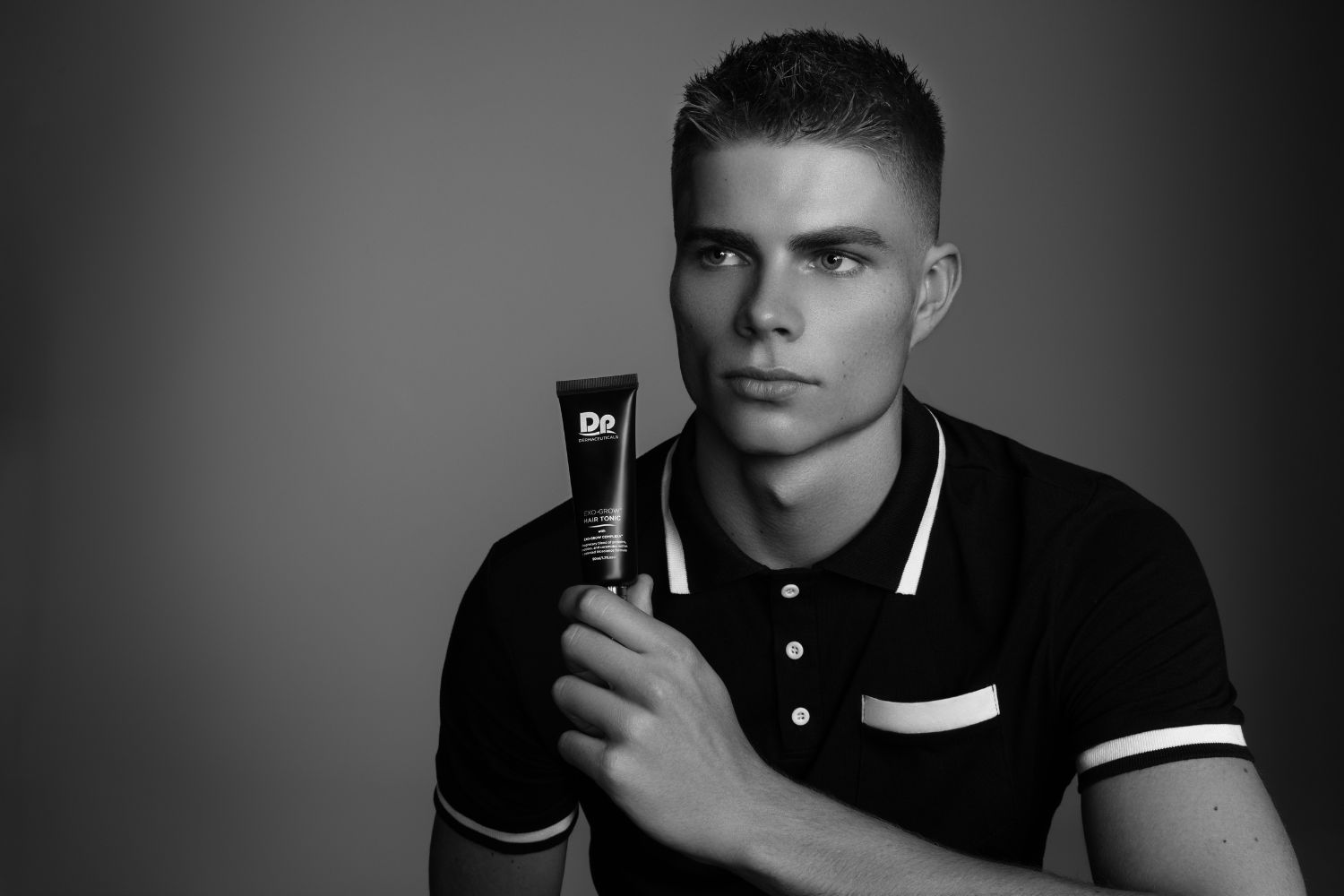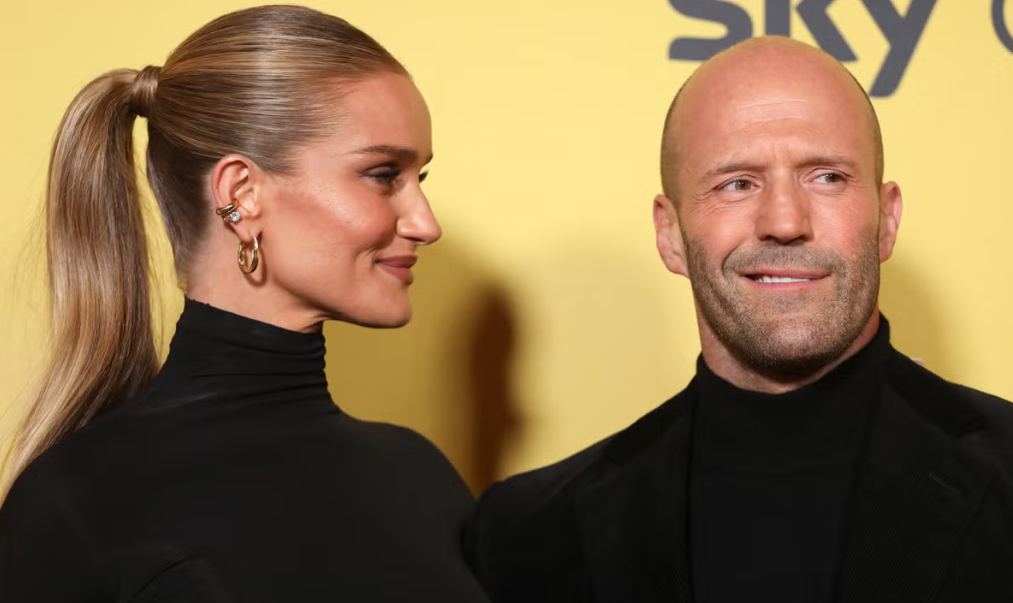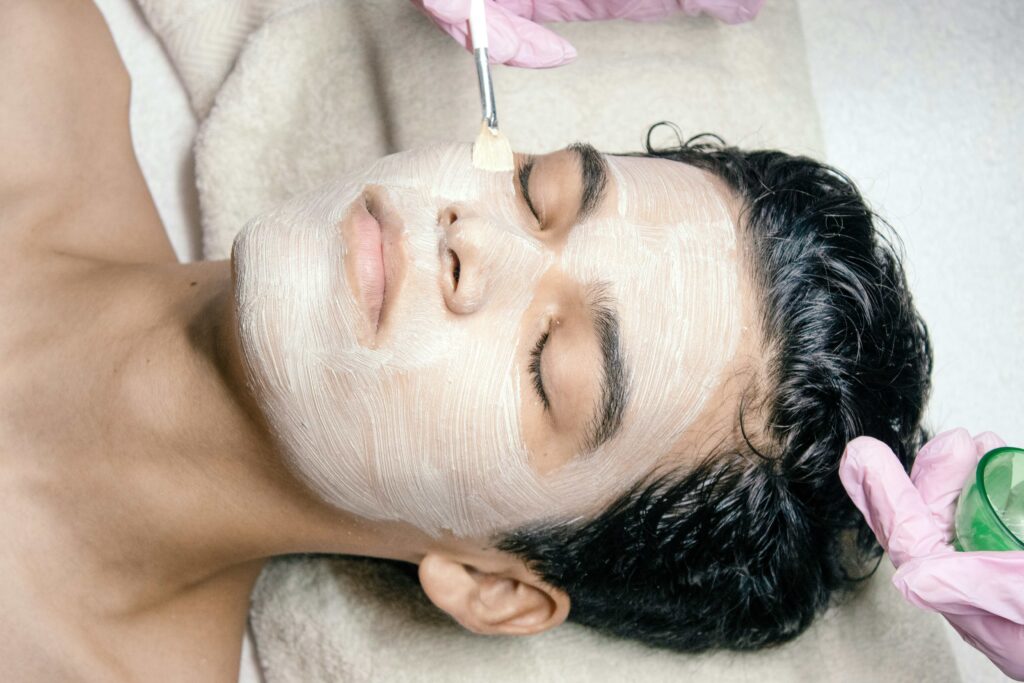HAIR LOSS doesn’t happen overnight, but by the time you actually notice it the process may already be well underway. And while you may start to panic, take comfort in the fact that you’re definitely not alone.
Affecting hundreds of millions worldwide, most Australian men will become aware of hair loss as they grow older. Significant balding affects about one in five men in their 20s, about one in three men in their 30s and nearly half of men (40 per cent) in their 40s. For the very unlucky, it can even strike in late-teens. The gist: more than 50 percent of men will experience hair loss — fact!
However, whether it’s a slightly receding hairline, a thinning crown, or some other variation, there’s good news: while baldness is hereditary it doesn’t mean you can’t do something about it. Forget the hair plugs and dodgy combovers of the past; a new wave of science-backed solutions is here to help you get ahead of the game.
Prevention is better than cure
The first step in any hair-loss battle plan is prevention. While we all shed around a hundred hairs daily, an unusual amount in the shower or on your pillow can be a tell-tale sign. The good news? Three clinically proven medications are leading the charge to regain your lost locks.
First up are the heavy hitters: finasteride and dutasteride. These prescription pills work as your follicles’ personal bodyguards, targeting the root cause of male pattern baldness: the hormone DHT. Dutasteride is often considered the more potent option because it blocks even more of the enzyme that creates DHT. Then there’s minoxidil, a versatile treatment available as a topical solution or an oral pill. It doesn’t mess with hormones, but instead boosts blood flow to your scalp, giving your hair follicles the nutrients they need to grow. The key with all three? Consistency is non-negotiable.
For the modern man who wants a solution without the hassle, services like Pilot are changing the game. They offer a completely streamlined, discreet process for getting on a proven hair loss treatment plan. Instead of a trip to the GP and the pharmacy, you can get a doctor-prescribed treatment delivered directly to your door in discreet packaging, making the entire experience convenient and private.
Bolster your barnet
If you’re noticing thinning or increased shedding but aren’t yet ready to bite the hair transplant bullet, a new, minimally-invasive, proven procedure might be the answer.
Platelet-Rich Fibrin (or ‘PRF’) is a cutting-edge treatment involves drawing your blood, separating the platelet-rich plasma, and then injecting it back into the affected areas of your scalp. And this procedure is often cited as one of the reasons why a raft of high profile celebrities — including David Beckham, Matthew McConaughey, Tom Brady and Jude Law — have had their barnets bolstered, growing more hair, rather than less, as they’ve moved into middle age.
“This is because PRF acts to restore hair follicles that are miniaturising and on the way out, but aren’t gone yet!” explains Dr Hamish Barratt from Sydney-based leading hair loss clinic, Follicle Clinics.
An all-natural treatment that uses your own body’s regenerative power to activate dormant follicles and improve growth, PRF has a high concentration of platelets, white blood cells, and fibrin. These growth factors stimulate collagen and cell renewal, which when applied to targeted areas works to activate cells and dormant hair follicles, improving growth and density.
The process, which is done in around 30 minutes all up, involved three steps: blood collection (just like a routine blood test), next the blood is spun in a centrifuge to separate the PRF, and then injection.
“We have known for a long time that blood supply is a critical factor in hair loss and is the basis of evidence based medications like minoxidil, which acts to increase blood supply to the scalp,” Dr Barratt explains. “This is why PRF is so beneficial as it is able to deliver these larger molecules very effectively, as well as being an all-natural treatment that doesn’t require any medication.”
While PRF does offer a lot of potential for restoration, the degree of benefit does vary from patient to patient.
“It is also important to keep realistic expectations in mind,” cautions Dr Barratt. If you’re hoping for an improvement in density and thickness, PRF is definitely worth considering. Unfortunately, if you have deep recessions at the temples with no remaining hair or advanced hair loss, PRF may not be worth your time or money and you’d be better off considering whether a hair transplant is the right options for you.
“PRF is also best used in conjunction with other hair restorative therapies, and can be beneficial before or after a hair transplant. If you’re serious about restoring your hair, its best to hit it with different modalities including PRF, medications, light therapy and lifestyle interventions. But, assessment by a trained doctor is the most important first step.”
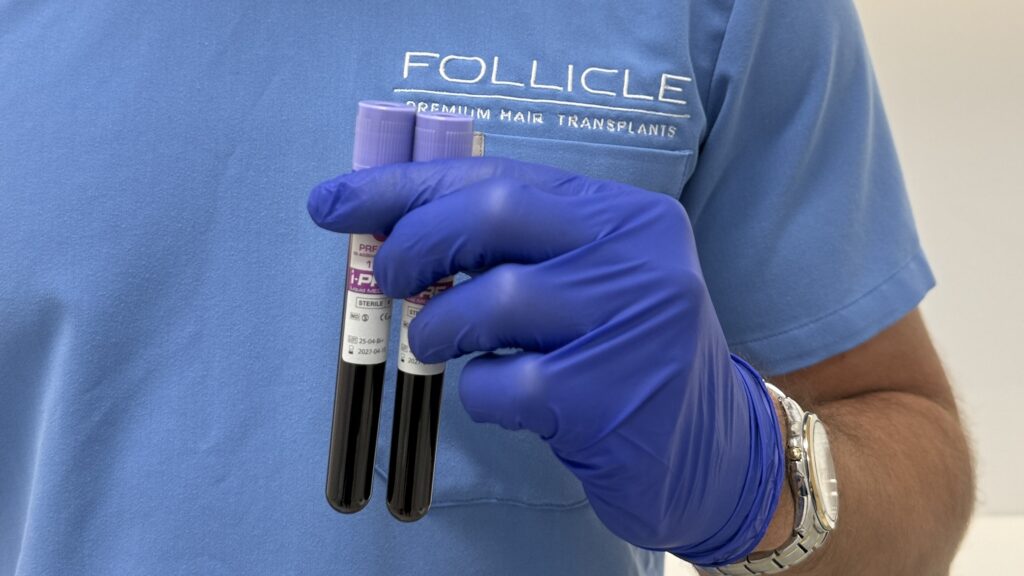
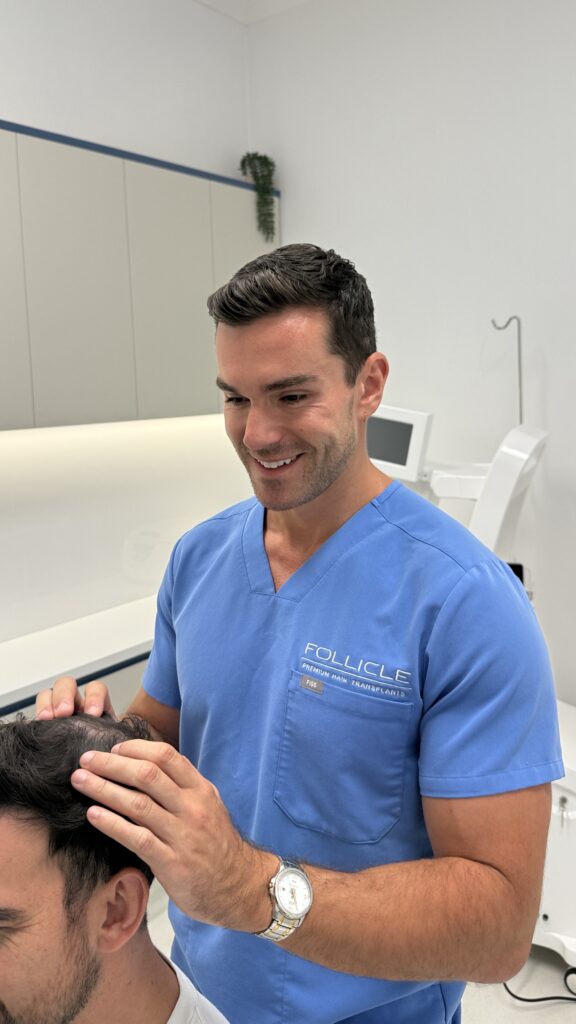
Light up your locks
For a hands-free solution you can use at home, Low-Level Light Therapy (LLLT) is proving to be a game-changer. Devices like the CurrentBody LED Hair Growth Helmet use a spectrum of red light wavelengths to revitalise hair follicles, reduce inflammation, and improve scalp blood flow. Clinically proven to suspend hair loss and stimulate natural regrowth, it’s a simple, non-invasive way to get a thicker, fuller head of hair. Just wear it for 10 minutes a day and let the science work its magic.
The device uses medical-grade light to revitalise hair follicles, increasing hair count by 123% in only 12 weeks. It also improves scalp condition and hydration by 15%, reducing inflammation and oil. This ultimate hair regrowth device is designed for both men and women, and is clinically proven to grow more hair than many other chemical products on the market.

Future follicles
Exosomes are making serious waves in the world of skincare. Turns out, these microscopic wonders are also amazing for improving hair growth too.
Premium skincare brand DermapenWorld has pioneered a groundbreaking advancement with their ‘EXO-GROW’ exosome technology — microscopic particles that act as powerful messengers, rejuvenating hair follicle cells and stimulating new hair growth.
“Exosomes act as messengers, extending the growth phase (anagen) of the hair cycle,” explains global general manager for Exo-Grow, Tracey Hughes. “The treatment works by “merging powerful bioactive botanicals, stem cell science, and patented exosome technology to actively regenerate the scalp and reactivate dormant follicles.”
The EXO Grow hair care range includes the EXO Grow Tonic, a special serum formulated for conditions like alopecia, male and female pattern baldness, and thinning hair. This tonic supports a healthy hair cycle, improves scalp condition, and creates the optimal environment for stronger, fuller, and more vibrant hair. The product line also includes a pre-wash EXO Grow scalp mask, shampoo, and conditioner, which contain active ingredients like amino acids, ceramides, and natural bio-enzymes to encourage hair growth.
“Our patented exosomes ensure the body does not reject these biomimetic exosomes, enhancing their longevity and effectiveness—solving the common plateau seen with other treatments.” This is a significant improvement over traditional treatments like topical minoxidil, which can become less effective over time.
And, for an added boost, when paired with Dermapen’s micro needling device — which delivers these regenerative ingredients deeper into the scalp — the results can be significantly amplified.
“Micro needling activates the body’s natural wound-healing response, increasing blood flow, encouraging collagen production, and enhancing the absorption of active ingredients,” continues Tracey. “Which leads to supercharged follicle rejuvenation.”
